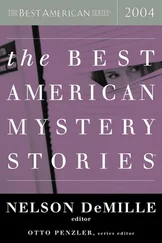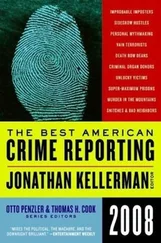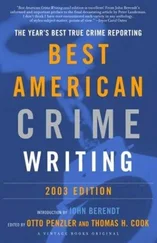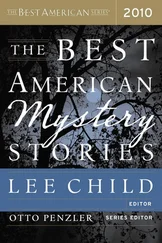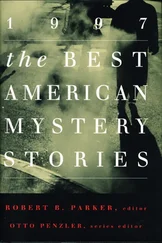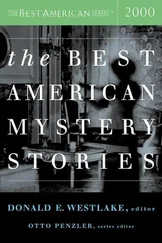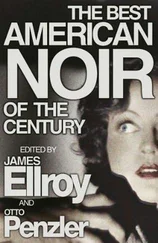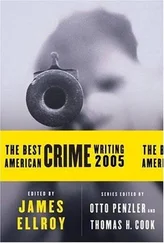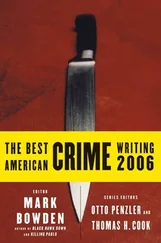“Those sites have, overnight, become the world’s largest pawnshops,” Nate Garvis, Target’s vice-president of government affairs, says. “It used to be that you’d rip off a stereo, you’d go to a bad part of town and sell it for ten cents on the dollar, and Mrs. Smith, who’d never be caught dead in that part of town, would never find that product. Now you rip it off in bulk, you put it online, you get sixty to seventy to ninety cents on the dollar-because you’ve cut out the middleman-and Mrs. Smith is shopping in her slippers at her dining-room table.”
Brekke says that the explosion of online selling to well-heeled buyers has changed what boosters steal from stores. Instead of baby formula, razors, and over-the-counter medicines, thieves now go after small electronic items and household appliances. According to Paul Ostenson, a senior investigator for Target, and a specialist in the investigation of e-fencing, Dyson vacuum cleaners, which retail for between three hundred and five hundred dollars, have become one of the hottest theft items for sale on auction sites. Thieves often steal the bulky vacuum cleaners through a tactic called “ticket switching”: buying a cheap vacuum cleaner for thirty-nine dollars, then removing the U.P.C. bar code and affixing it to a Dyson that costs ten times as much. Some thieves buy their own U.P.C.-bar-code-making machines-available legally on the Internet-and print their own price stickers.
Last fall, testifying before a congressional subcommittee on organized retail crime, Brekke told lawmakers that Internet auction sites need to make “modest changes” to remove the incentives for criminals to sell stolen goods online. He recommended that people who sell up to a hundred thousand dollars a month of merchandise online be required to identify themselves by name on the sites. Arresting individual sellers is not the answer, Brekke maintains, because of the sheer numbers involved. “In the most recent year, Target alone made approximately seventy-five thousand theft apprehensions in its stores. By comparison, the total number of criminal cases in all federal district courts across the country is usually less than sixty thousand in any one year,” Brekke told lawmakers. “Even if all the U.S. attorneys across the country stopped prosecuting bank robberies, fraud, drug trafficking, and even terrorism, there would still not be enough capacity to prosecute even the apprehensions made by Target.”
IT WAS THREE-TWENTY IN THE AFTERNOON, and the vice-president of corporate asset protection at the midtown Manhattan department store had resigned himself to allowing the suspected denim thief to leave the store. He now went into an adjoining room to greet the store’s director of shortage control, a small man in his thirties who wore a well-tailored black suit and had a neatly clipped goatee. His job was to reduce inventory losses due to shoplifting or employee theft. Mounted on one wall were twelve computer screens that showed images of several sales associates as they rang up purchases and moved about the sales floor, straightening clothes on racks and greeting customers. The two men watched the employees on the screens for a moment. “They’re persons of interest,” the director said. “All of them have been flagged for surveillance.”
Despite loss prevention’s current focus on organized retail crime and e-fencing, by far the biggest theft problem faced by retailers is internal-the actions of light-fingered employees. Shoplifting accounts for almost thirty-two per cent of shrink; employee, or internal, theft accounts for almost forty-seven per cent-although many experts say that these numbers are skewed, since organized retail-crime rings have begun to recruit store employees as accomplices, and even to send gang members to seek jobs at stores. Whatever the case, in 2006, employees stole about nineteen billion dollars’ worth of merchandise from their employers-which is why many loss-prevention departments devote as much time to conducting surveillance on their own employees as they do on customers.
The director of shortage control pointed to one of the screens, on which a salesman in his thirties-I’ll call him Jeffrey-was straightening piles of T-shirts and sweaters on an upper floor of the department store. He was a handsome man with close-cropped hair and a perpetual smile. “The first red flag was that he had the highest number of non-receipt returns in his department,” the director said. “Everyone else in his department was getting about three returns a week. He was getting five a day.”
That was four months earlier, in February. Since then, the loss-prevention team had been monitoring Jeffrey’s activities. Using “exception-based reporting” software-a program installed in all the computerized cash registers which looks for irregular transactions-the team learned that Jeffrey was ringing up returns for merchandise that had never left the store, then putting the credit on his own card. He had also been making out E.M.C.s (electronic merchandise credits, more commonly known as gift cards) in amounts of up to five thousand dollars, then giving the cards to accomplices who would come in and shop for merchandise. Camera surveillance revealed that Jeffrey was selecting clothing from the racks, removing electronic security tags, and leaving the clothing in fitting rooms for friends to come and collect at appointed times. In the four months that he had been under surveillance, Jeffrey had apparently stolen and embezzled an estimated hundred thousand dollars’ worth of false credit and merchandise from the store.
“The scary thing is that he’s coming to work every day,” the vice-president of corporate asset protection said. “But he’s not working for the store.”
The director looked at his watch. It was three-thirty-time to arrest Jeffrey.
Two loss-prevention agents came into the room: a woman in a black skirt and blouse and a man with the bulked-up physique of a bodybuilder. The man went to the screens and panned the camera so that it followed Jeffrey across the sales floor.
“I’m salivating at the mouth to pick him up,” he said. “It’s been a long time coming.”
“Your instinct is to jump the gun,” the director told me. “You want to arrest him the first time you catch him stealing. But you’ve got to be patient.” For one thing, the loss-prevention team needed to build a solid criminal case; for another, they needed to find out if he was working in collusion with another crooked sales associate.
“O.K.,” the vice-president of corporate asset protection said, addressing the two agents who had volunteered to go get Jeffrey: the muscular man and a bespectacled man in his late twenties who was the store’s lead investigator. “You’ve got to be ready for him to deny everything.”
The agents nodded.
“So if he becomes indignant and denies everything what’re you gonna do? Because the minute you approach him he knows what it’s all about.”
The muscular agent replied that he would not be thrown off by Jeffrey’s denials.
“Well,” the vice-president of corporate asset protection said, “the ones you think are going to be a problem often aren’t, and vice versa. Some confess to everything. They say they killed Kennedy.”
The two agents headed upstairs to make the apprehension, and the remaining loss-prevention team crowded around the monitor.
“He was a very nice guy,” one of the camera agents said. “Always said hello to me.”
“That’s when you know, ” the female agent said.
On the screen, Jeffrey straightened a pile of clothes on a table, checked his hair in one of the mirrors, then walked across the sales floor. The camera agent picked up a walkie-talkie and radioed the arresting agents. “He’s going past fragrances,” he said.
Читать дальше

